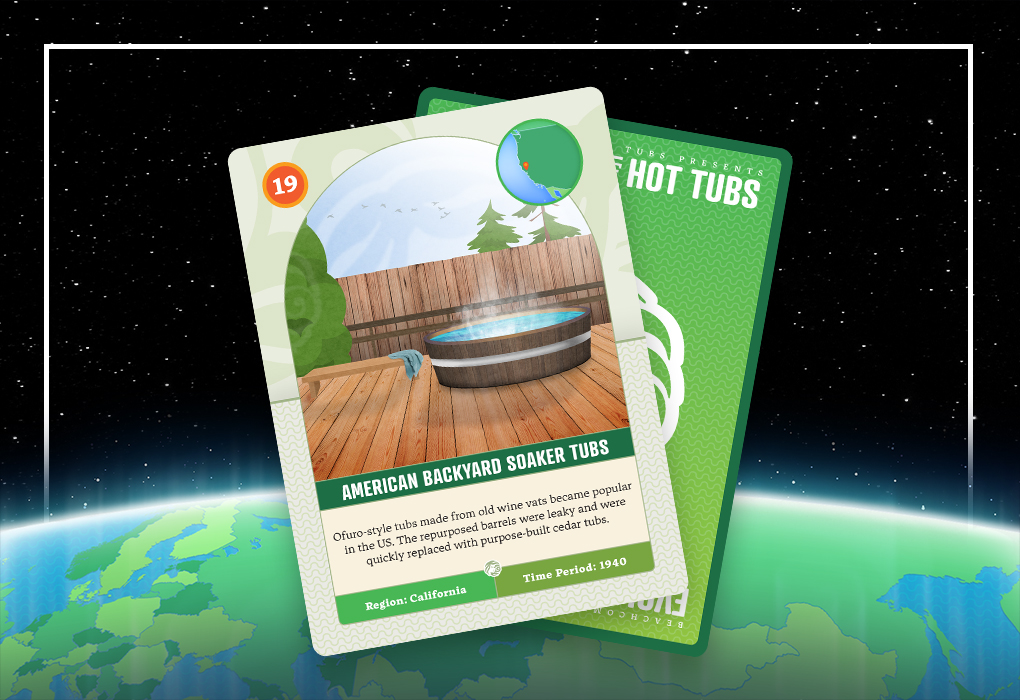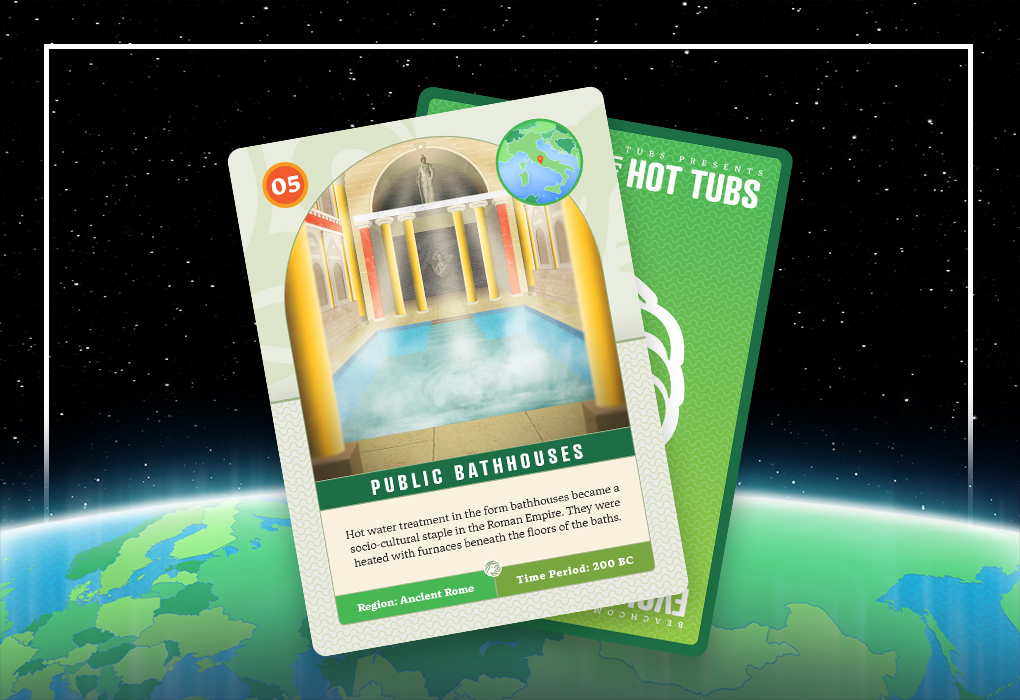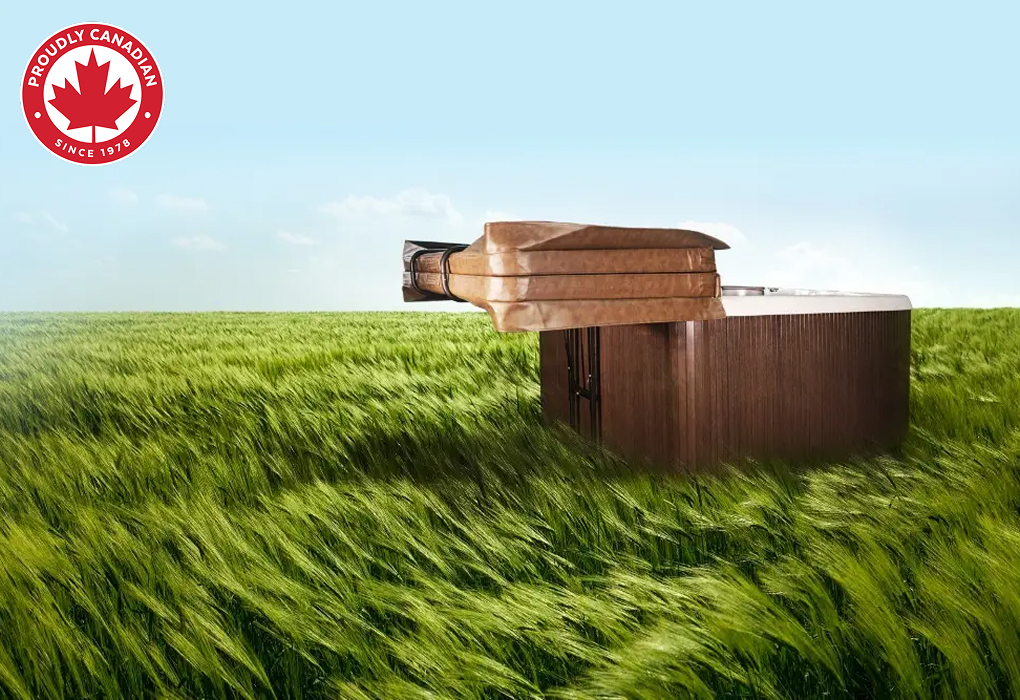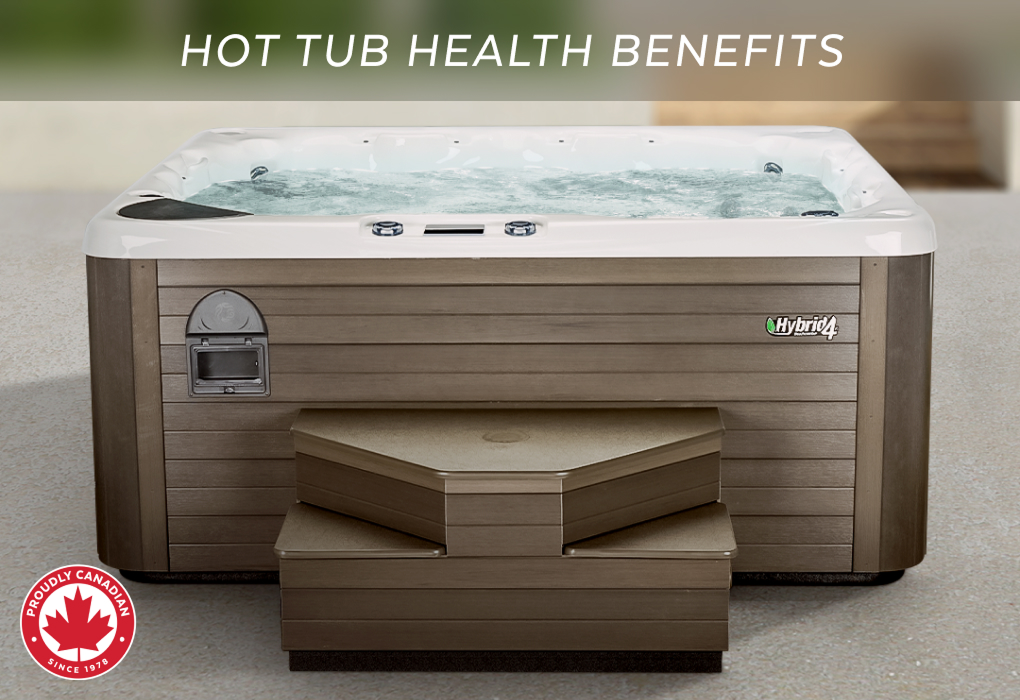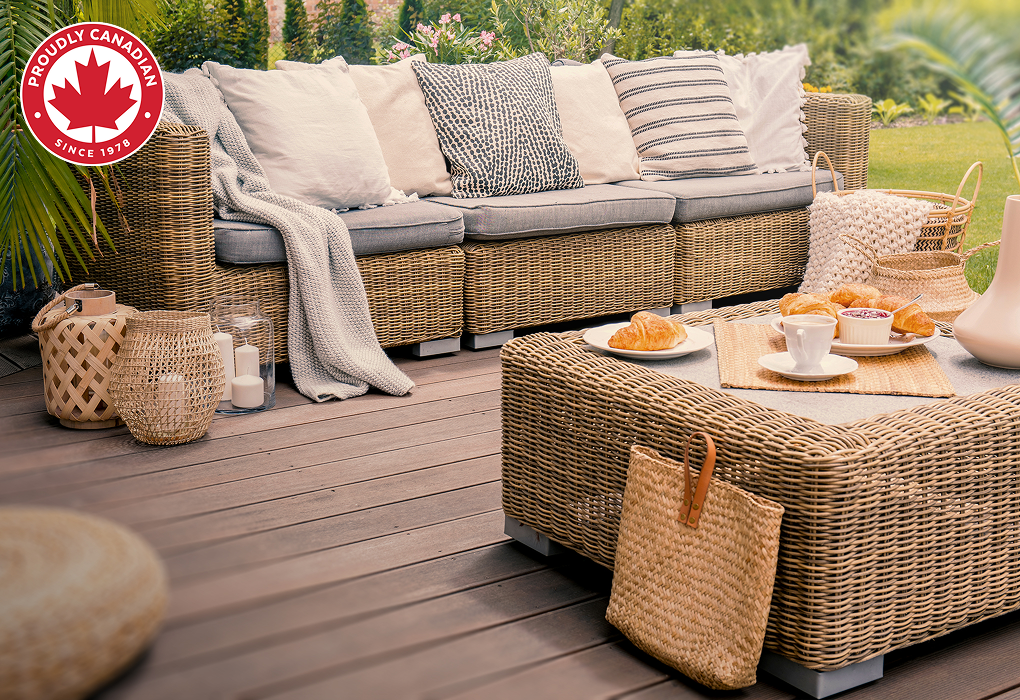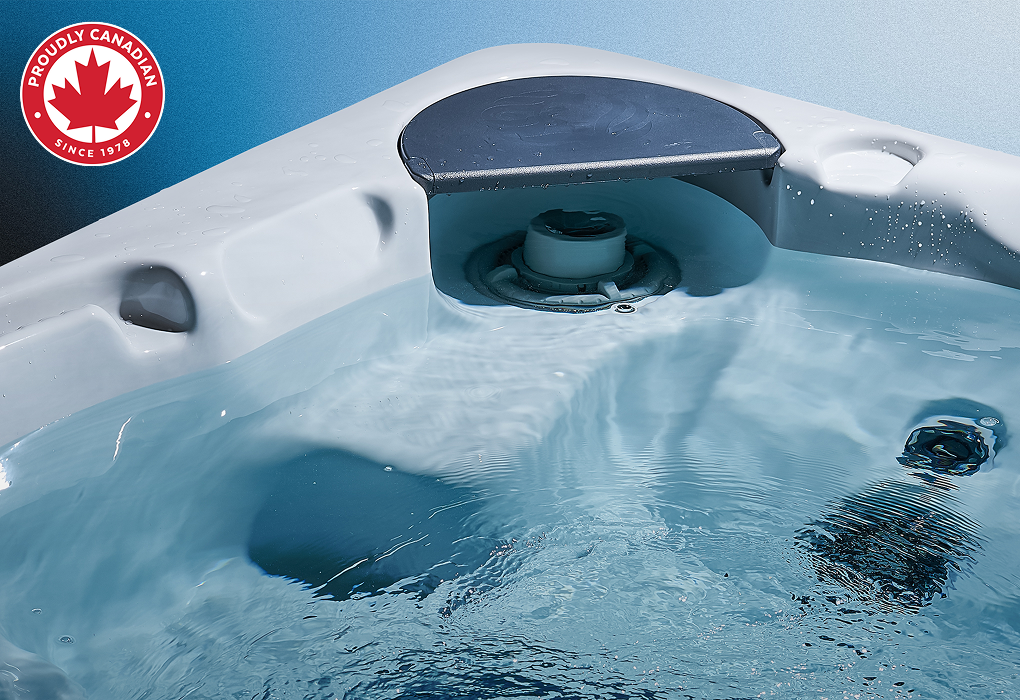While Franklin Roosevelt was discovering the power of spring water for treating his illness, American troops in Japan were learning about onsen and ofuro in Japan. When they arrived back to the US in the 1940’s, they brought with them the Japanese bathing culture. This resulted in the first wooden hot tubs in the United States, with people creating tubs from oak barrels, wine tanks, and olive vats from discarded winery equipment.
The return of US troops to America saw the arrival of wooden, outdoor hot tubs to the country. While many people had been using various styles of baths, showers, bathhouses, and public springs to incorporate water therapy into their lives, it wasn’t usual for people to have outdoor tubs in their homes. With wooden tubs came a great opportunity for adding hydrotherapy treatment to the household, while also allowing more socialising and relaxation for everyone. This encouraged more people to add them to their homes.
The discarded wood used to make the tubs was bolted together and filled with water, with homemade submersible wood burning stoves used to heat the water. These submersibles varied from stoves made from old beer kegs to defunct whiskey stills. It made for a great way to have a nice hot tub soak while using leftovers from the wine season.
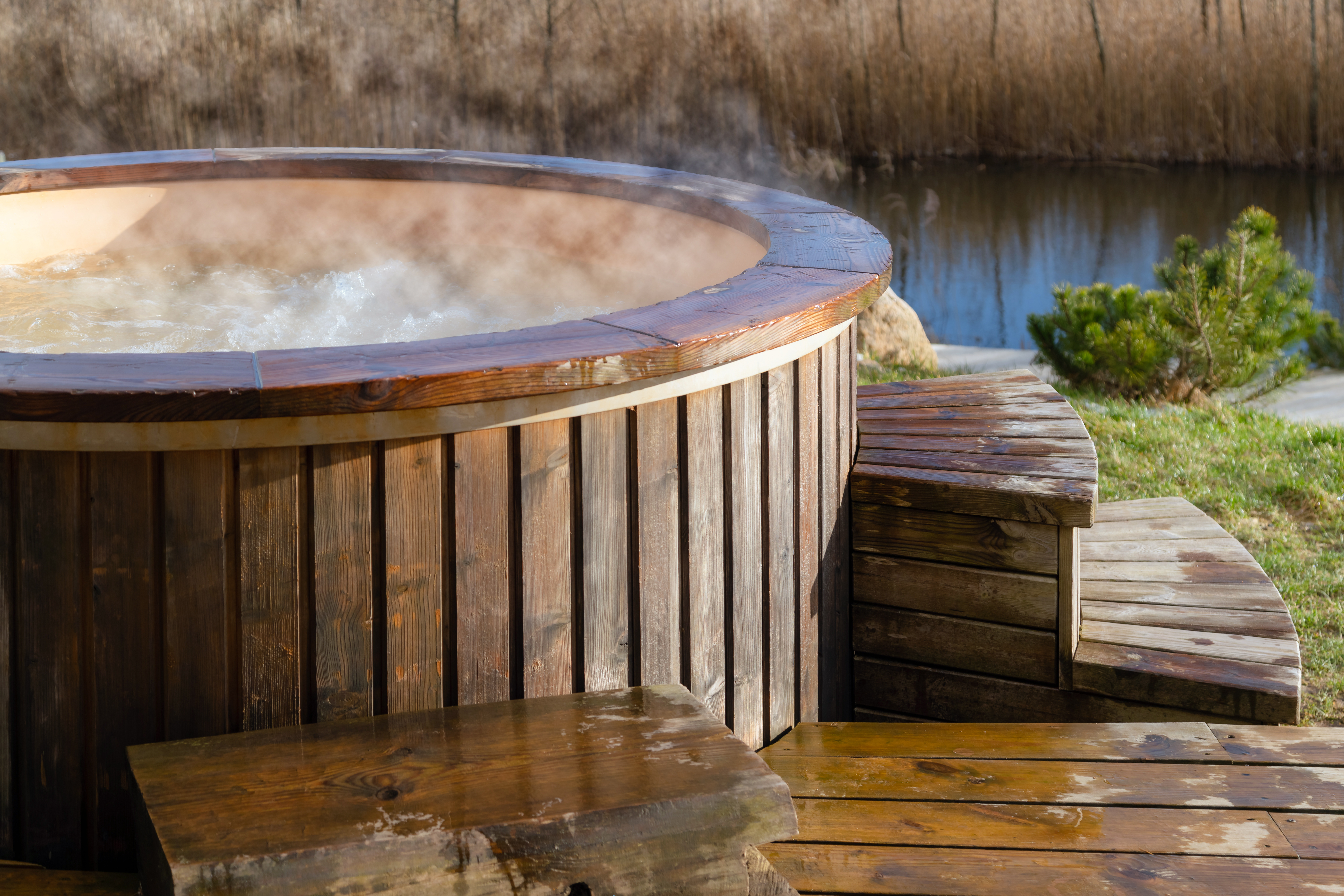
While the wooden tubs were enjoyed by many, the structure soon began to show signs of safety and cleanliness issues. These issues meant that there was a lot of repairs to be made or they didn’t last very long.
A key problem faced by those using wooden tubs was the amount of leaking that occurred. Due to the design, a lot of water would seep through the gaps between the wooden slats. This also caused decay of the wood over time, making it unsafe for use.
Another major problem was lack of filtration. Unless water was replaced regularly, the tubs would often become very unclean, and a build-up of bacteria and algae would occur. This is something that could have been very dangerous to the users, as they were submerging themselves in dirty water. Considering the tubs were a hub for socialising, it was increasingly more obvious that a lack of filtration was not ideal.
The issues that arose from these tubs meant that research was conducted into how best to construct an outdoor tub for a home. In future decades, we will see the introduction of fibreglass and acrylic, hydrotherapy pumps, and eventually the hot tub as we know it today. Without the US troops bringing the design of the wooden backyard soaker tub to the country, it may never have developed into the product that is so widely loved today.
Keep up to date with the developments in hot tubs and hydrotherapy by signing up to our newsletter.

